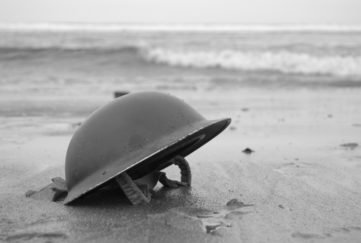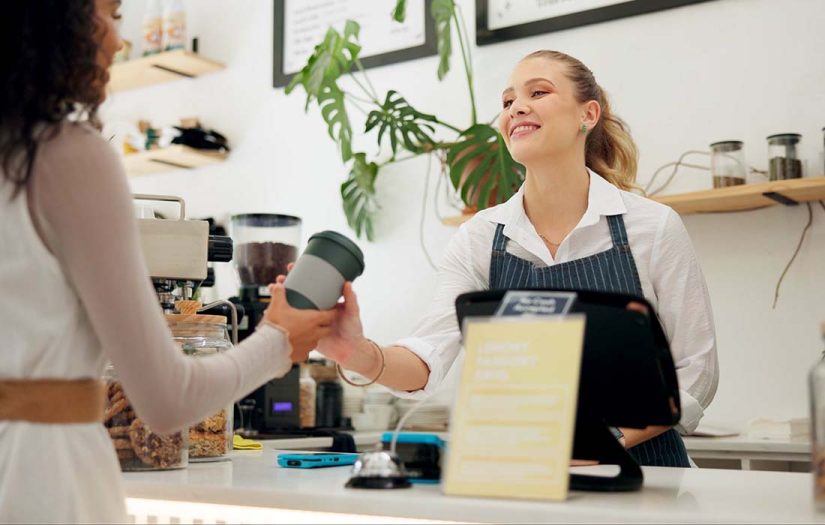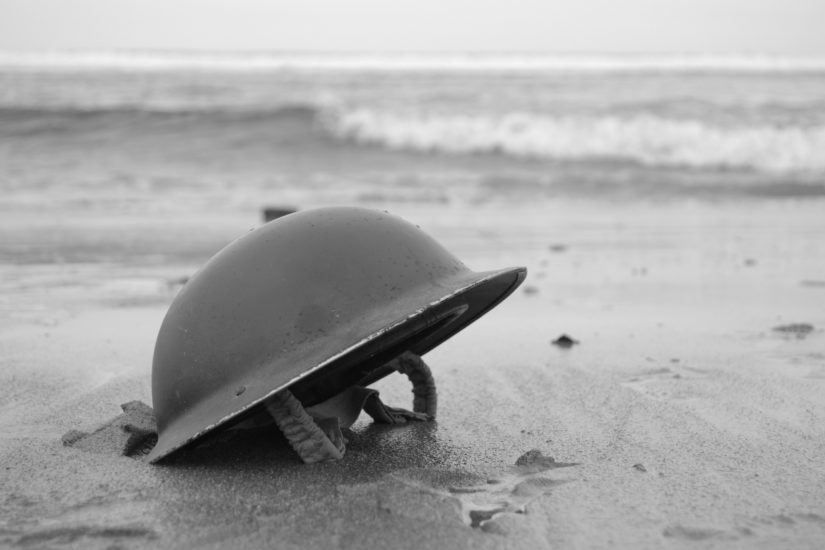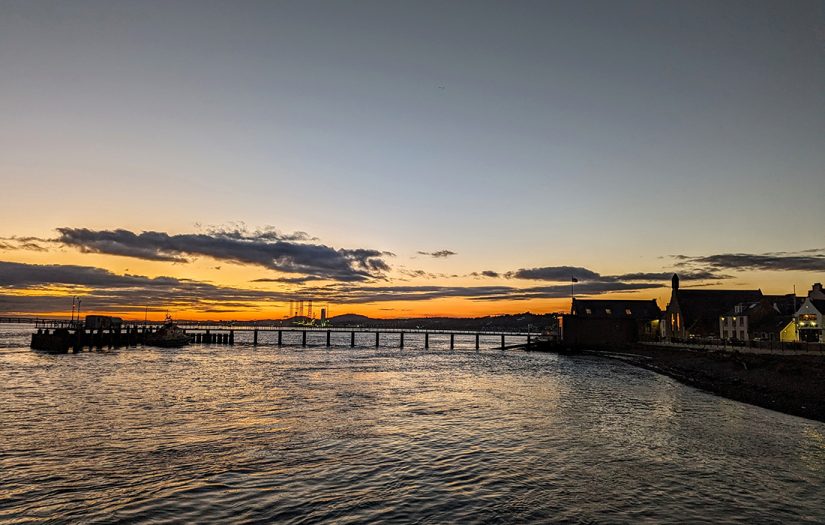Would You Live In Any Of These Tiny Homes?
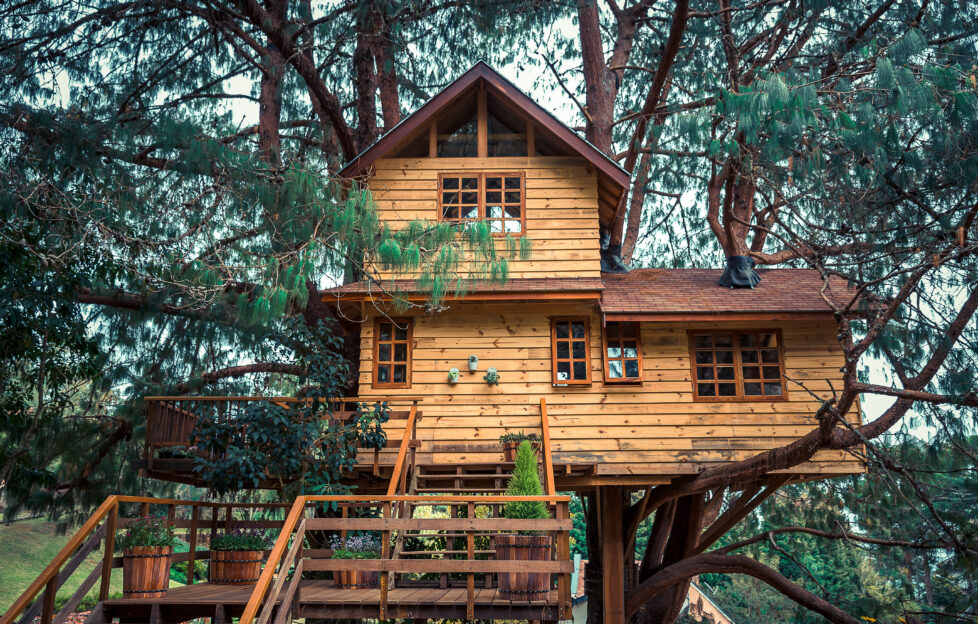
Tiny homes are a popular choice for unconventional homeowners.
In 2019, 170,000 tiny homes were built, a rise of 8% on the previous year. That’s a lot of miniature houses!
But what is a tiny home?
They come in a plethora of unique forms, from houseboats to treehouses, and must be under 400 square feet.
If you’re up to the task, you can build or refurbish your own tiny home for as little as £6,500.
With tiny homes saving the average person £717 per month, it’s no wonder they demand for miniature housing is rising.
From reduced finances to a minimalist lifestyle, there are many benefits to living in a tiny home. You may be downsizing, but you won’t be missing out on any home comforts.
Tiny homes can be equipped with off grid gas so you can enjoy a warm shower anytime, anywhere.
If living off-the-grid sounds good to you, here are some tiny homes to inspire you.
Houseboat
Houseboats are for the free spirits among us.
They allow people the freedom to explore, meet new communities of boaters, and spend every day like a holiday.
If you enjoy slow afternoons, fishing, and people watching, a houseboat might be right for you.
Houseboats are a great way to live a minimalist lifestyle, and the reduced finances are an added bonus.
Boat licences cost between £500–£1,000 per year. And mooring fees, depending on location, can cost as little as £15-£20 per foot per year.
To avoid paying mooring costs, live life on the move and avoid staying in one place for more than 14 days.
Overall, houseboats are a very cost-effective way to live. The more DIY you’re willing to do, the cheaper it will be. And if you’re feeling really adventurous, you can obtain a licence to build your own – from scratch!
Bus or van conversion
If life on the water isn’t your thing, consider the endless possibilities of a home on wheels.
You can convert a bus or a van to suit every one of your needs: bedrooms, bathrooms, showers and baths, a kitchen, and living areas. What more could you want?
This lifestyle isn’t as farfetched as you’d think.
In 2017, a couple from London bought a second-hand double-decker bus for £2,500 and converted it into a luxurious tiny home for £15,000.
This also includes the installation of gas and electric, so you’d never be without your home comforts.
Bus conversions are suitable for couples and families. To lay your roots, consider buying a patch of land to park your unique home.
Even with the purchase of land, a vehicle, and the conversion, this is still cheaper than the average traditional home.
Unique tiny homes
A tiny home can be whatever you’re willing to live in.
Treehouses are anything but ordinary.
If you daydreamed about building a treehouse when you were a child, this could be the ideal tiny home for you.
They can be built as complex structures with reclaim wood and rustic interiors from £5,000–£80,000. Spend your days surrounded by nature and live an environmentally friendly lifestyle. What could be better?
What’s the opposite of the forest? The seaside.
Living in a shack by the sea is a wonderful way to breathe ocean air every day. It may look like a (stylish) shed on the outside, but the options for interesting interiors are limitless.
The price to buy a beach hut varies depending on location. On Rightmove, the average price for a beach hut is £40,000.
That’s 51% more expensive than 2019! But with up to 90% of all beach hut listings selling under offer or contract in 2021, we can see why.
Finally, did you know that you can convert shipping containers into sophisticated tiny homes?
The metal exterior is the perfect aesthetic for a modern minimalist. A permanent dwelling can cost as little as £40,450.
And although shipping containers are (essentially) tin cans, you would be anything but cold. Tin(y) homes can be fully insulated and equipped with off grid gas.
If you’ve been inspired by the off-grid lifestyle, embrace the uniqueness of tiny homes and start your conversion plans. With these tips, we hope you’ve seen that life can be just as good downsized.
For more from “The People’s Friend” team, click here to read our blog.



